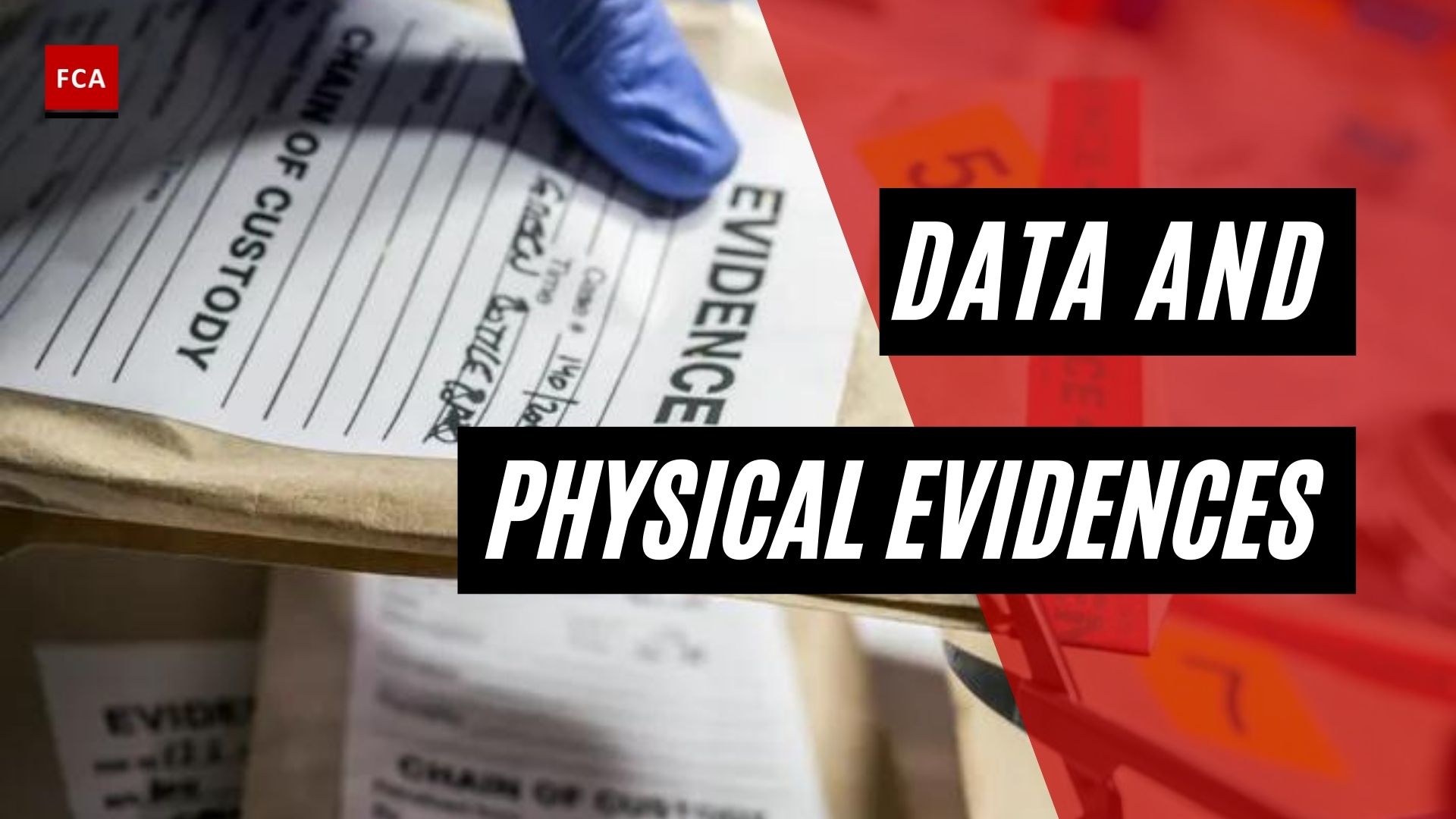What is risk analysis? Risk is difficult to detect, let alone prepare for and manage. In addition, expenses, time, and reputations may be jeopardized if an unanticipated event occurs. Overestimating or overreacting to risks, however, may create panic and cause more harm than good, that makes risk analysis a vital tool. It can help identify and understand the risks faced during an investigation. In turn, this also helps manage these risks and minimize their impact on the investigation.

What Is Risk Analysis?
Risk analysis is a process that helps in identifying and maintaining potential problems that could undermine key evidence in internal investigations. To carry out a risk analysis, all possible threats that can be faced, their impact, and the likelihood of occurring are identified.
To carry out a risk analysis, follow these steps:
Step 1: Identify Threats
The first step in risk analysis is to identify the existing risks that may be faced. These can come from many different sources, including the following:
For example, they could be:
- Human – illness, death, injury, or other loss of a key witness;
- Operational – disruption to supplies and operations, loss of access to essential evidence, or failures in gathering information;
- Reputational – loss of customer or employee confidence or damage to reputation;
- Procedural – failures of accountability, internal systems, or controls, or from fraud;
- Project – going over budget, taking too long on key tasks, or experiencing issues with gathering evidence;
- Financial – business failure, stock market fluctuations, interest rate changes, or non-availability of funding;
- Technical – advances in technology or from technical failure;
- Natural – weather, natural disasters, or disease;
- Political – changes in tax, public opinion, government policy, or foreign influence;
- Structural – dangerous chemicals, poor lighting, falling boxes, or any situation where staff, products, or technology can be harmed.

Step 2: Estimate Risk
Once the threats have been identified, the possible impact and the likelihood of these threats being realized should be calculated.
Step 3: How to Manage Risk
Once the value of the risks has been identified, ways of managing them can be looked at.
Step 4: Avoid the Risk
In some cases, avoiding the threat altogether might be the only option, such as skipping a high-risk activity. It is a good option when taking the risk involves no advantage to the investigation or when the cost of addressing the effects is not worthwhile.
Step 5: Transfer the Risk
Transferring the risk involves insuring against the possible impacts of the risk materializing. The risks are generally transferred to insurance companies against insurance premiums.
Step 6: Mitigate the Risk
Mitigating the risk involves taking actions or putting in place procedures to decrease the likelihood of risk materializing or reducing the impact of the risk.
Step 7: Accept the Risk
Accepting the risk involves not taking any action. This option is usually best when nothing can be done to mitigate the risk, and the potential loss is less than the cost of insuring against the risk or when the potential gain is worth accepting.
Final Thoughts
The process of identifying and analyzing potential issues that could harm key business initiatives or projects is known as risk analysis. This procedure is carried out to assist organizations in avoiding or mitigating risks.
Risk analysis includes considering the possibility of adverse events caused by natural processes such as severe storms, earthquakes, or floods, as well as adverse events caused by malicious or inadvertent human activity. Identifying the potential for harm from these events, and the likelihood that they will occur is an important part of risk analysis.








